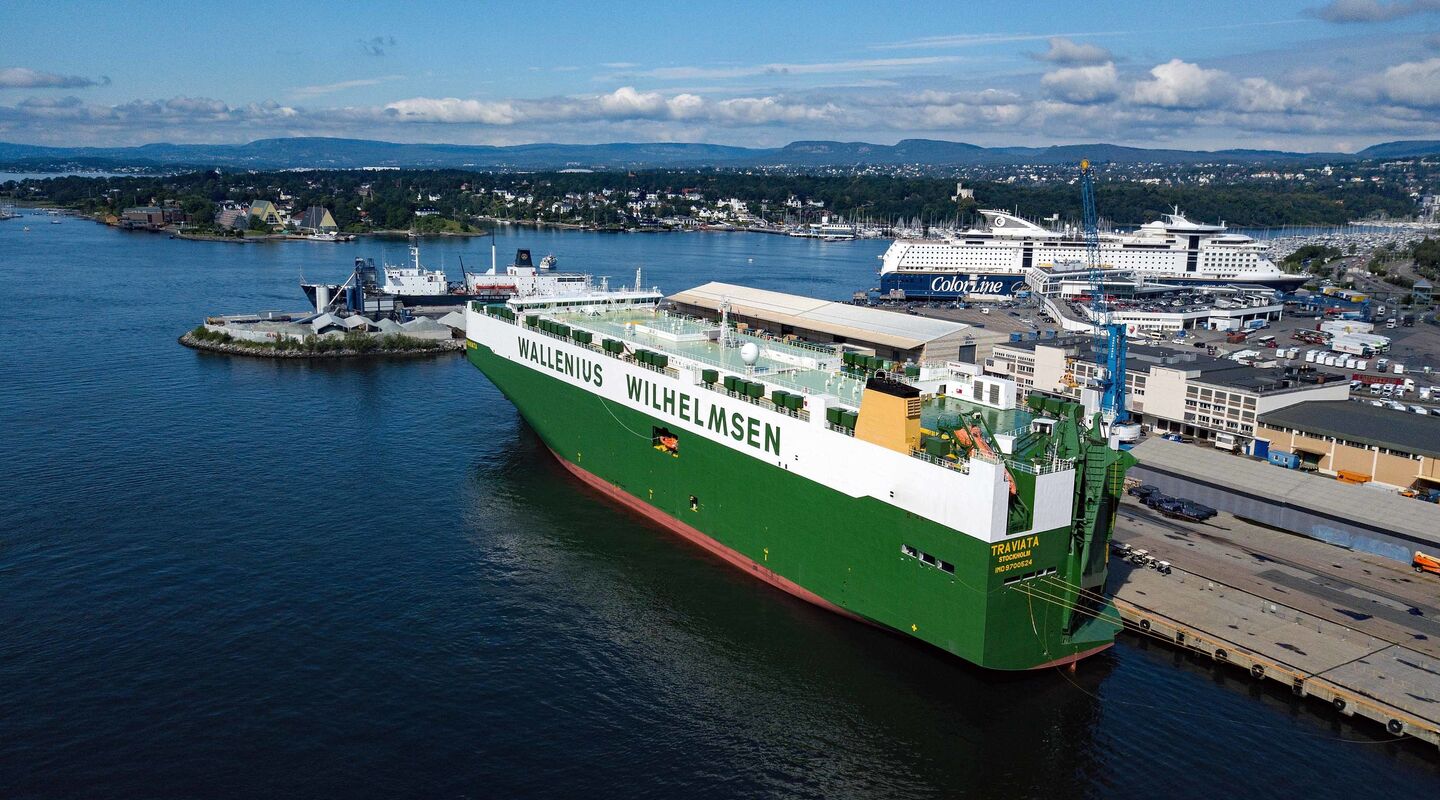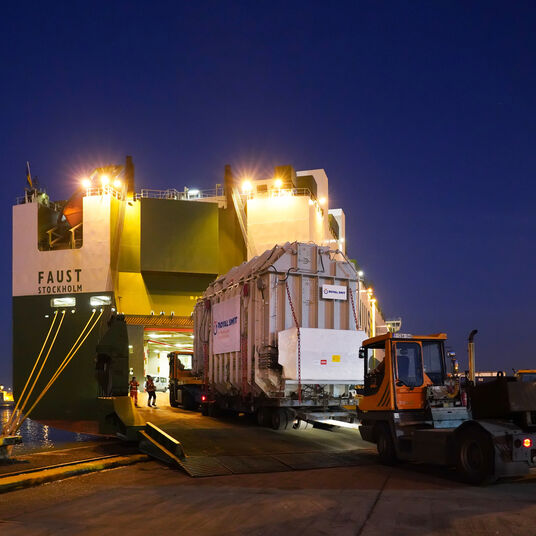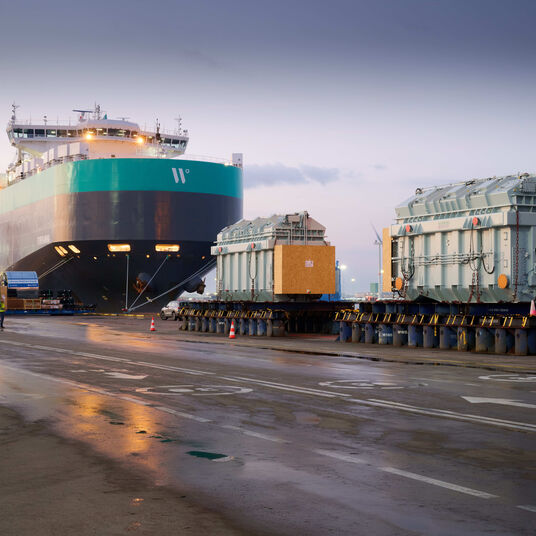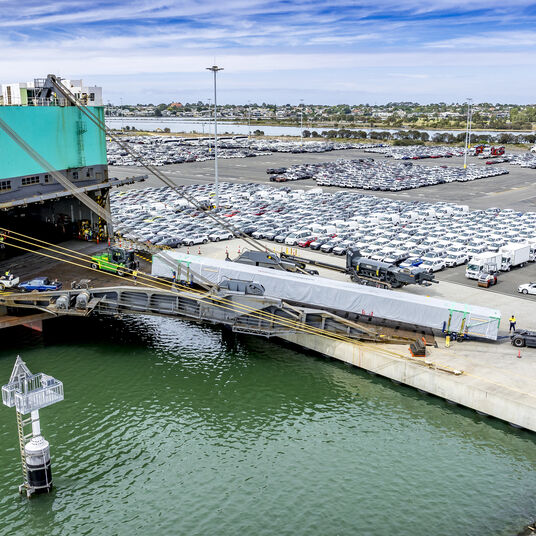5 reasons why the HERO vessel type is perfect for your shipments
The “HERO” is the newest, most modern vessel type in Wallenius Wilhelmsen’s fleet. The name, which stands for High Efficiency RoRo carrier, refers to a state-of-the-art ship that is fully equipped to meet the customer needs of today and the future.

For many years, vessel dimensions have been dictated by the size of the Panama Canal – one of the world’s most important trade routes. However, with wider locks currently under construction, Wallenius Wilhelmsen has taken the opportunity to build a new carrier type that is not only bigger, but more flexible and efficient. The result is the HERO.
Below are the top five benefits offered by the new HERO vessel type.
1. Flexibility
In the fast-paced world of today, customer needs are constantly changing. Wallenius Wilhelmsen designed the HERO with liftable decks that support a wide number of configurations, thereby accommodating a much greater variety of cargo.
The HERO is a form of hybrid between a RoRo vessel and a Pure Car and Truck Carrier (PCTC), offering all the flexibility of a RoRo carrier, combined with the lightness of a PCTC.
This vessel type supports Wallenius Wilhelmsen's ability to be flexible in responding to variations in cargo configurations, trades and regulations, preparing it for whatever the future may hold.
2. Sustainability
As an environmental frontrunner, we are committed to reducing the carbon footprint of its operations. The HERO’s specially designed hull shape, rudder and bow reduce drag and wave resistance, thus improving fuel efficiency. Some of the vessels have also been fitted with a new Exhaust Gas Cleaning system, which ensures compliance with the strict sulphur emission limits in the new Emission Control Areas and also reduces the emission of particulates. In addition to producing lower emissions of CO2 and NOx, the HERO also complies with the International Maritime Organization’s guidelines on ship recycling.
3. Globalisation
In today’s globalised world, where production has become increasingly fragmented, trade routes are becoming ever more complex. With more WW Ocean customers seeking access to developing markets, where ports are often less sophisticated, the issues of berth size and depth have started to pose a problem. The HERO vessels have a shallower draft, enabling them to call at more ports than other vessels. Vessels that can call at a greater variety of ports will prove increasingly useful as we seek to expand its network to include smaller ports in developing countries.
4. Increased width
For more than a century, the Panama Canal has restricted the width of vessels operating on the world’s seas. Now a wider set of locks is giving operators the freedom to widen their vessels, allowing WW Ocean to increase the capacity of the HERO. In some countries, such as Japan, ports restrict vessel length to 200 metres. With the HERO, WW Ocean has extended cargo capacity considerably, without adding to vessel length. A wider vessel is also more stable, thus reducing the need to take on ballast water. Ballast water adds to vessel weight, thereby limiting cargo capacity, and can also be harmful to the environment.
5. Zero damage
The HERO has been designed to support Wallenius Wilhelmsen's ‘zero damage’ cargo quality objective. During loading and unloading, a ship might be compared to a parking garage, and Wallenius Wilhelmsen wanted to ensure that manoeuvring inside it would be as easy and risk-free as possible. To this end, the number of pillars in the ship has been limited, while their design is intended to be as non-obstructive as possible. Further, the width of the stern ramp has been extended from the standard seven to 12 metres to allow for more efficient and safer flow of traffic on and off the ship.


